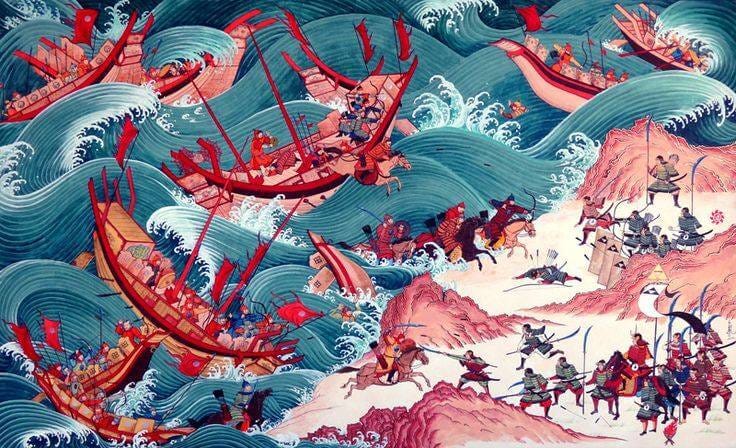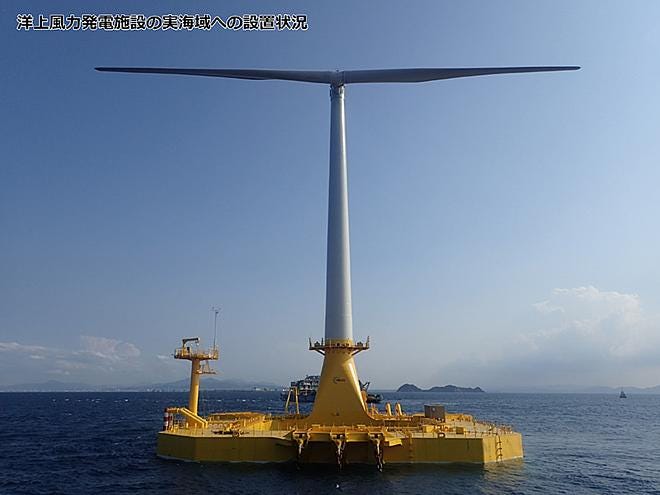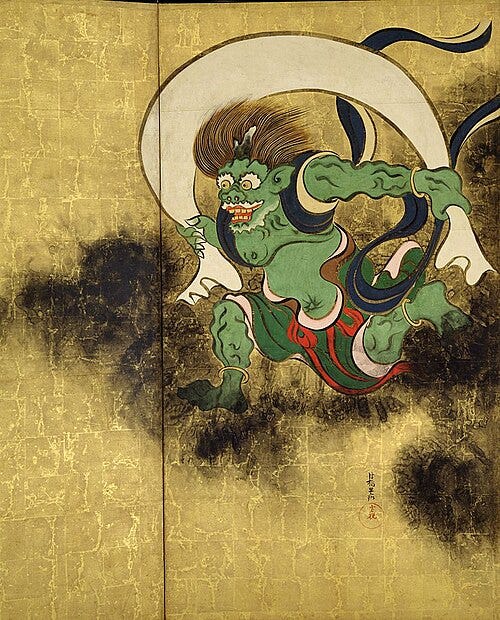
Japan Becalmed
Japan’s hopes for offshore wind are beginning to look a lot like hot air.
Last week, three critical offshore wind projects collapsed as factors combined to more than double construction costs in less than a year.
Mitsubishi Corporation, a long time member of the sogo shosha (Japan’s largest trading houses), and Chubu Electric, of Osaka’s four influential companies, followed in the footsteps of engineering group Kajima by departing the consortium.
Kajima’s departure in particular posed a problem, as one of the only companies capable of handling the tricky offshore construction work.
Japan’s unique geography results in relatively common tsunamis and earthquakes, compounded by a deep ocean shelf that is difficult to build on, make offshore wind that much more difficult.
But, ever optimistic, Japan has great hope for wind power. It hopes to include wind as 10% of its energy mix by 2040. The country's national energy plan, approved in February, played a key role in delivering market predictability, identifying several key projects to launch by 2030.
Indeed, any company in wind simply cannot afford to disregard Japan and its market of ~$6bn, representing anywhere between 6-10% of the world market.
But why then, given these seemingly favorable market conditions, have these forays into wind ended so disastrously?
Global Winds
The answer lies overseas.
The United States has all but withdrawn from wind power. Tariffs, Section 232 investigations, and political interference from the new administration have driven away investment. A federal demand to halt to construction on an almost finished project off Rhode Island has even resulted in the states suing the government.
BloombergNEF estimates that US renewable investment plummeted 26% in 2025 alone, representing almost $20bn in lost capital.
Lost capital that Europe has hoovered up.
European investment in wind alone reached an all-time high of $40bn last year, representing around a third of the globe's total installed wind capacity and a fifth of new installations. It’s governments have doubled down on renewables and continue to subsidize and invest in projects across the continent.
But both the US retreat and the European advance have been in reaction to the looming giant on the other side of the battlefield - China.
The worlds largest market for wind energy by far - accounting for almost half of all global renewable energy investment, had more offshore wind capacity than rest of world combined in 2023.
Chinese turbine makers such as Goldwind, Envision, and MingYang have harnessed this market power and now produce at 30-40% cheaper than their European and Japanese competitors.

Selective Sakoku
Free traders have yet to produce the answer to this type of problem. What do you do when your domestic industries simply cannot compete?
Whilst America has resorted to a more obvious move to protection, both Europe and Japan have seen more subtle withdrawals from free trade.
In Europe, procurement rules, national subsidies, foreign investment screening, criteria in public auctions, and legislation to prevent a single country dominating a sector, conspire to keep China out.
So too does Japan. Offshore wind tenders reward bidders who use Japanese shipyards, manufacturers, and labour. Foreign investment in energy manufacturing requires prior approval under the Foreign Exchange and Foreign Trade Act.
Japan has been here before. In the Edo period (1600-1870~), the doctrine of Sakoku (鎖国 - locked country) closed the country to all but the most privileged of outside trade. The Meiji period saw instead Kaikoku (開国 - opening of the country) usher in an era of free trade, and foreign machines, ships, and ideas.
To draw a full circle; just as Kaikoku was a reaction to the deficiencies of Sakoku in 1870, so too are elements of Sakoku a reaction to the deficiencies of Kaikoku today.
Or, to cut away the metaphors; Japan is trying to do selective sakoku; open when convenient, closed when not.

The Price of Protectionism
But selective Sakoku hasn’t worked for Japanese wind.
The price of keeping rivals and competitors out of your market, is that they’re out of your market! This is a particularly high price to pay when it comes to China.
China dominates the rare earth magnets, steel, and blade production that wind needs to thrive. When demand surges, or significant market distortion happens, restrictive trade with China places huge pressure on throttled supply chains.
This is exactly what happened when the United States sent the signal that wind had no future. Capital pivoted to Europe, and demand crashed in one continent and boomed in another. Capacity previously allocated to Japan was directed elsewhere.
Construction costs indeed doubled in less than a year - frankly, they probably would have tripled by Christmas. Investors saw their potential returns plummet, and the carefully laid roadmap envisioned in Japan’s 2030 energy plan dissolved in the space of a few weeks.
And Japan had done absolutely nothing to provoke it.
This, dear reader, is the price of protectionism.
Strong Gales Ahead
But be that as it may, Sakoku is here to stay in both Europe and Japan.
And it’s going to become a lot less selective.
China simply represents too great a challenge to a free trading world. Economic security has become a buzzword in both Tokyo and Brussels, with regulators all too keen to keep China’s ultra-competitive turbine makers out, scarred by the disappearances of industries where they failed to do so.
As for wind, new contracts will be issued, new auctions created, and new consortia formed. But in curtailing the power of free trade, the vulnerability will always remain.
Japan wants the progress of Kaikoku, without abandoning the guarded walls of Sakoku. In offshore wind, that contradiction has left it becalmed. The lesson is blunt: you might well be able to lock the gates, but you can’t summon the wind.

